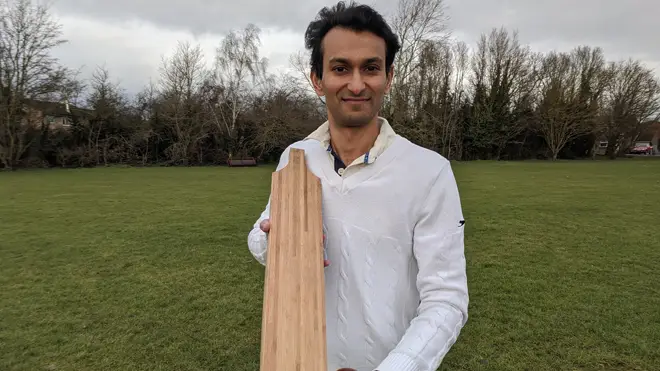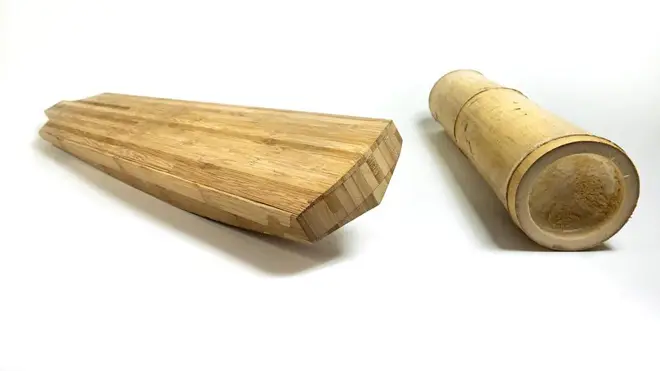
Tom Swarbrick 4pm - 7pm
10 May 2021, 08:11

Bamboo could replace willow to become the new material of choice for making cricket bats, according to a study.
A Cambridge University study has indicated that a prototype bamboo cricket bat had a larger sweet spot than a traditional willow blade, and is also stronger, more sustainable and cheaper to produce.
The lower cost of making bamboo bats could boost participation in countries such as India and China which have fewer financial resources, according to the research published in the Journal of Sports Engineering and Technology.
The study indicated that bamboo is 22% stiffer than willow which increases the speed at which the ball leaves the bat.

Researchers said the sweet spot on their prototype performed 19% better than that on a traditional willow bat and was closer to the toe.
Dr Darshil Shah of Cambridge's Centre for Natural Material Innovation, who is a former member of Thailand's under-19 national cricket team, said: "This is a batsman's dream.
"The sweet spot on a bamboo bat makes it much easier to hit a four off a yorker for starters, but it's exciting for all kinds of strokes.
"We'd just need to adjust our technique to make the most of it, and the bat's design requires a little optimisation too."
The investigations included microscopic analysis, video capture technology, computer modelling, compression testing, and testing for vibrations.
Players using bamboo bats would not feel any more vibration than with a willow bat, according to the research.
The study points out there is a shortage of good-quality willow, which takes up to 15 years to mature - mostly in England - to the point there the wood can be used to make cricket bats.
By contrast, the maturing age of Moso bamboo is five to six years and it grows abundantly in China, south-east Asia and South America.
Study co-author Ben Tinkler-Davies said: "Cricket brings you really close to nature, you spend hours out in the field, but I think the sport can do a lot more for the environment by promoting sustainability.
"We've identified a golden opportunity to achieve that while also helping lower income countries to produce bats at lower cost."
The materials used to make cricket bats are regulated by the Marylebone Cricket Club (MCC), the sport's governing body, and rules say "the blade shall consist solely of wood".
Dr Shah said: "Bamboo is a grass not a wood so there would need to be discussions with the MCC, but we think playing with a bamboo bat would be within the spirit of the game because it's a plant-based material and cane, a type of grass, is already used in the handle.
"Tradition is really important but think about how much cricket bats, pads, gloves and helmets have already evolved.
"The width and thickness of bats have changed dramatically over the decades.
"So if we can go back to having thinner blades but made from bamboo, while improving performance, outreach and sustainability, then why not?"
The pair tested the sound of leather on bamboo and Mr Tinkler-Davies insisted the frequency is "very similar" to willow, adding: "Whether you're playing or spectating, you wouldn't notice much of a difference.
"Our first prototype bat is 40% heavier than most full-size willow cricket bats so we now need to work out the optimum design to reduce that.
"Because laminated bamboo is so strong, we're very confident we can make a bamboo bat light enough, even for today's fast-scoring, short forms of the game."
The researchers hope to enter discussions with the MCC and leading bat manufacturers.